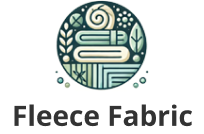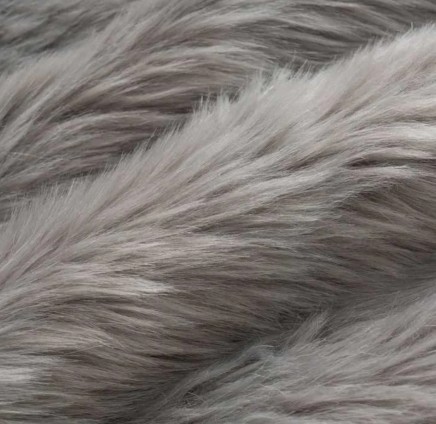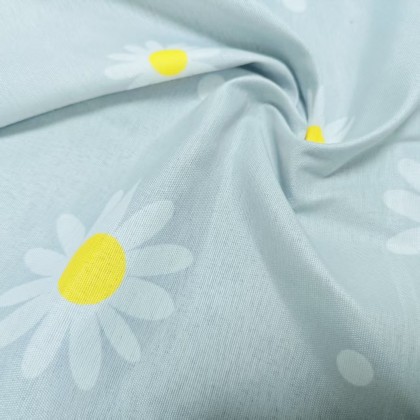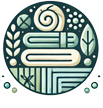The Chinese New Year, also known as the Spring Festival, is a grand and significant celebration deeply rooted in Chinese culture. It marks the turn of the lunar calendar and is a time for family reunions, feasting, and the observance of various traditions and customs. This festive season, which typically spans 15 days from New Year’s Eve to the Lantern Festival, is filled with a myriad of rituals and activities that reflect the Chinese people’s hopes for a prosperous and fortunate new year. Below is a concise yet comprehensive overview of some of the most prominent customs associated with the Spring Festival.
1. Spring Cleaning
Prior to the New Year, households engage in a thorough cleaning, known as “spring cleaning.” This practice symbolizes sweeping away bad luck and making room for incoming blessings. Windows, doors, and furniture are meticulously scrubbed, and every corner of the home is tidied up to ensure a fresh start.
2. Decorating with Red
Red is the dominant color during the Spring Festival, believed to ward off evil spirits and bring good fortune. Red lanterns, couplets (pairs of poetic lines expressing wishes for the new year), paper cutouts, and red envelopes (containing money as gifts) adorn homes and streets, creating a festive atmosphere.
3. Family Reunion Dinner
The highlight of the Spring Festival is the family reunion dinner held on New Year’s Eve. Members of the extended family gather together to share a sumptuous meal, often featuring traditional dishes like dumplings (symbolizing wealth), fish (representing surplus), and rice cakes (signifying progress). This meal is not just about food; it’s about strengthening family bonds and celebrating togetherness.
4. Fireworks and Firecrackers
At midnight on New Year’s Eve, the sky lights up with a spectacular display of fireworks and the sound of firecrackers echoes through the night. This tradition is believed to scare away evil spirits and welcome the new year with a bang, signifying a prosperous start.
5. Paying New Year Visits
During the first few days of the new year, people visit relatives and friends, exchanging greetings and wishes for health, happiness, and prosperity. Children are often given red envelopes filled with money as a token of good luck.
6. Dragon and Lion Dances
Colorful dragon and lion dances are a common sight during the Spring Festival. Performers in elaborate costumes dance through streets and alleys, visiting homes and businesses to bring luck and prosperity. These dances are believed to chase away evil spirits and invoke the blessings of the gods.
7. Sticky Rice Cake (Nian Gao)
Eating sticky rice cake is a traditional custom during the Spring Festival. The name “nian gao” sounds similar to the phrase “higher year,” symbolizing progress and success in the coming year. This sweet treat is often served during family gatherings and as a gift to friends and relatives.
8. Taboo and Superstitions
During the Spring Festival, there are several taboos and superstitions that people follow to avoid bringing bad luck. For instance, breaking things is considered unlucky, and it’s advisable to avoid arguments and stay away from hospitals. Some families also avoid cutting hair or nails, as it’s believed to cut off one’s luck.
9. Ancestral Worship
Many families perform ancestral worship during the Spring Festival, offering sacrifices to their ancestors and praying for their blessings. This ritual reflects the Chinese culture’s respect for family lineage and ancestors.
10. Lantern Festival
The Lantern Festival marks the end of the Spring Festival celebrations. People light lanterns, solve riddles written on lanterns, and enjoy various lantern displays. Eating glutinous rice balls (tangyuan) is also a tradition, symbolizing unity and completeness.
During the special period of the Spring Festival, fleece fabrics are often integrated into holiday decorations and costumes in the form of auspicious patterns or holiday colors, such as red plush couplets hanging ornaments, stuffed toys with zodiac elements, which not only conforms to the holiday atmosphere, but also reflects the modern interpretation of traditional culture.
In addition, during the Spring Festival family reunion, sending warm clothing or household items made of fleece fabric material is both practical and rich in warmth, and has become a new way to convey love and blessings.
To sum up, although the Spring Festival customs and fleece fabrics belong to different fields, they enrich people’s lives with their unique charm and carry the yearning and pursuit of a better life. In modern society, how to combine traditional culture with modern material science and technology to create more products with both cultural heritage and fashion sense is a topic worthy of our continuous exploration and practice.




